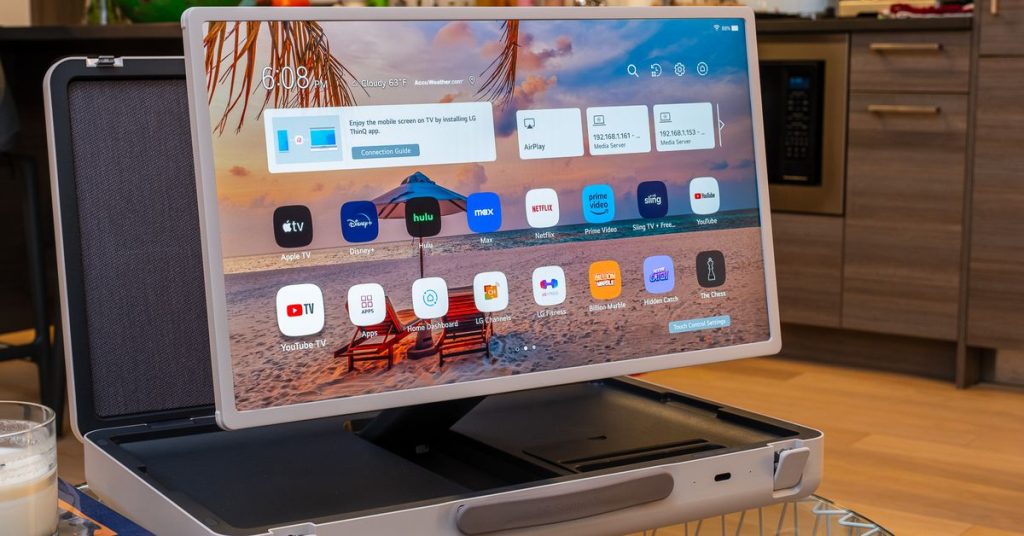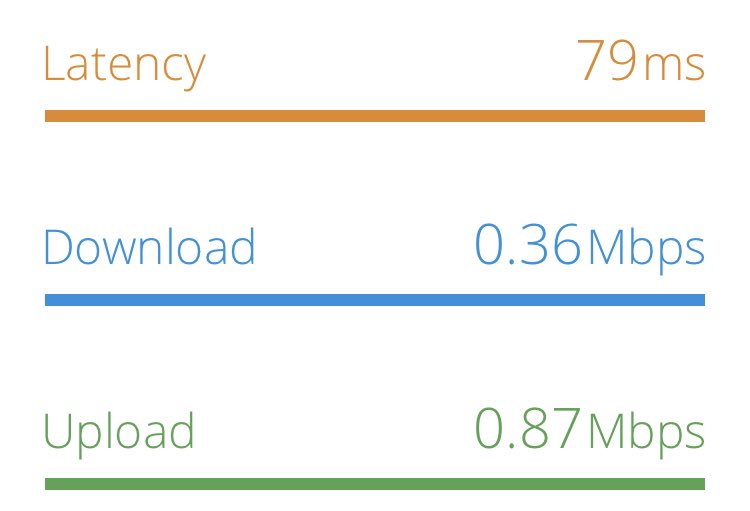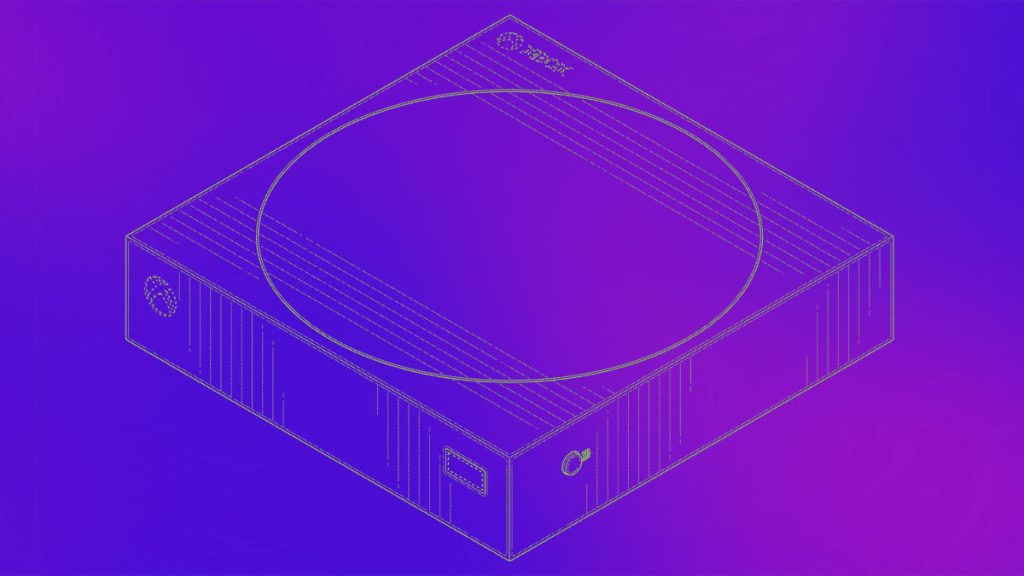Posted intechnology News
Google’s next streaming player looks nothing like the Chromecast
Google is seemingly about to move on from the HDMI dongle design of all its past streaming devices in favor of a more conventional set-top box. 9to5Google has published images…







